
| CAREER | 1959 Born in Toyama, JAPAN 1985 Graduated from of Musashino Art University 1989 Graduated from National Art University of Munich, GERMANY PERSONAL EXHIBITIONS: 2004 Gallery Now, Toyama ('01/ '92/ '90) 2001 Kaneko Art Gallery, Tokyo ('00) 1996 Gallery An Adan, Ibaraki 1994 Konishi Gallery, Kyoto ('92) 1998 Gallery Moc, GERMANY SELECTED GROUP EXHIBITIONS: 2003 The 5th Exhibition of Amabiki Village and Sculpture. Yamato, Ibaraki ('01/ '99/ '97-'98) The Sculpture2003. Toyama 1995 The Selected Exhibition of North Japan. Toyama 1991 The Art of Toyama '91. The Museum of Modern Art Toyama, Toyama 1990 The Space Art Toyama. Toyama 1988 The Academy Art Festival. GERMANY SYMPOSIUMS: 1998 Artists' Camp in Kasama. Ibaraki ('97/ '96/ '95/ '94) 1991 Georgia International Sculpture Camp. GEORGIA 1989 India-Japan Sculptor's Camp. Vadodara, INDIA 1987 Kuroshima International Symposium. Nagasaki |
AMABIKI 2022
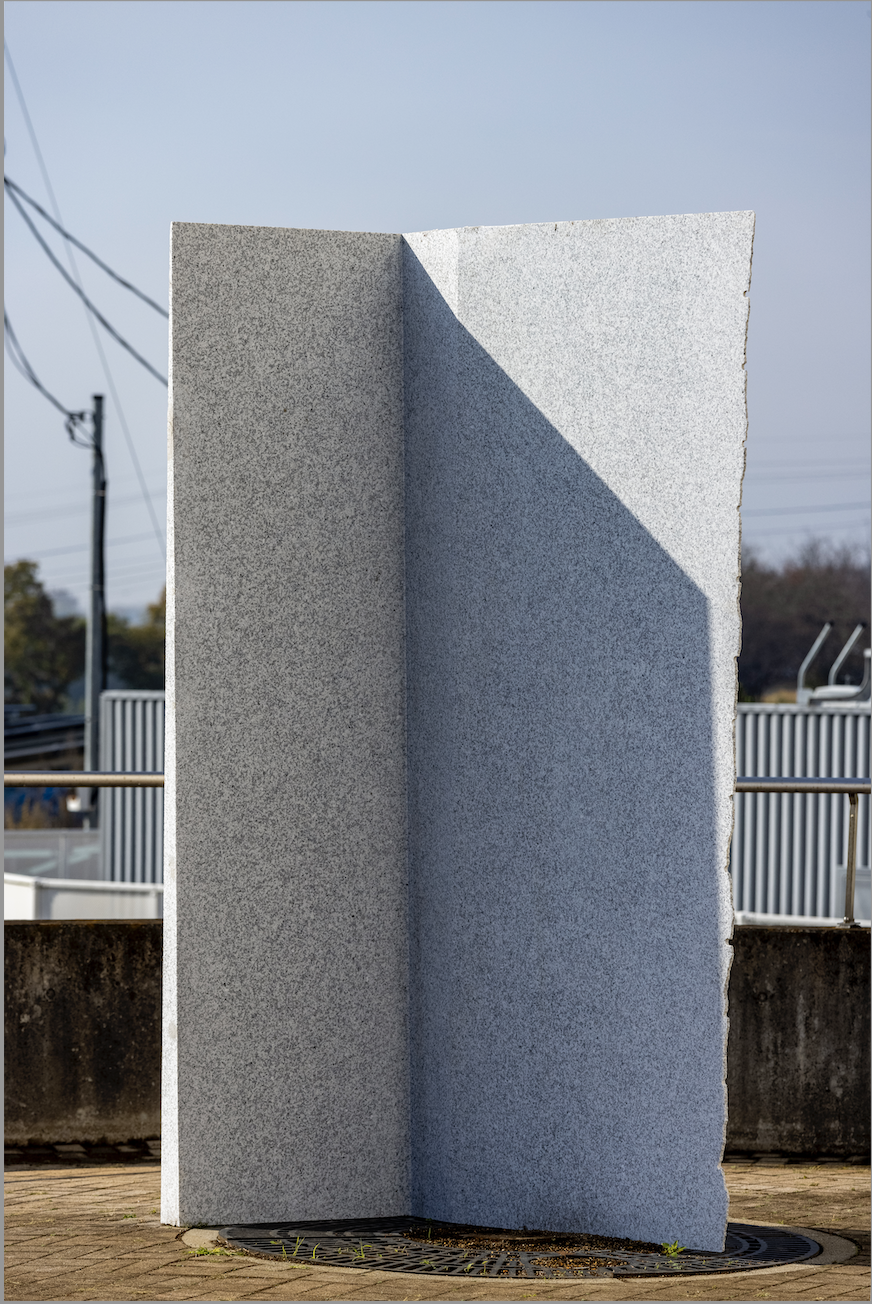
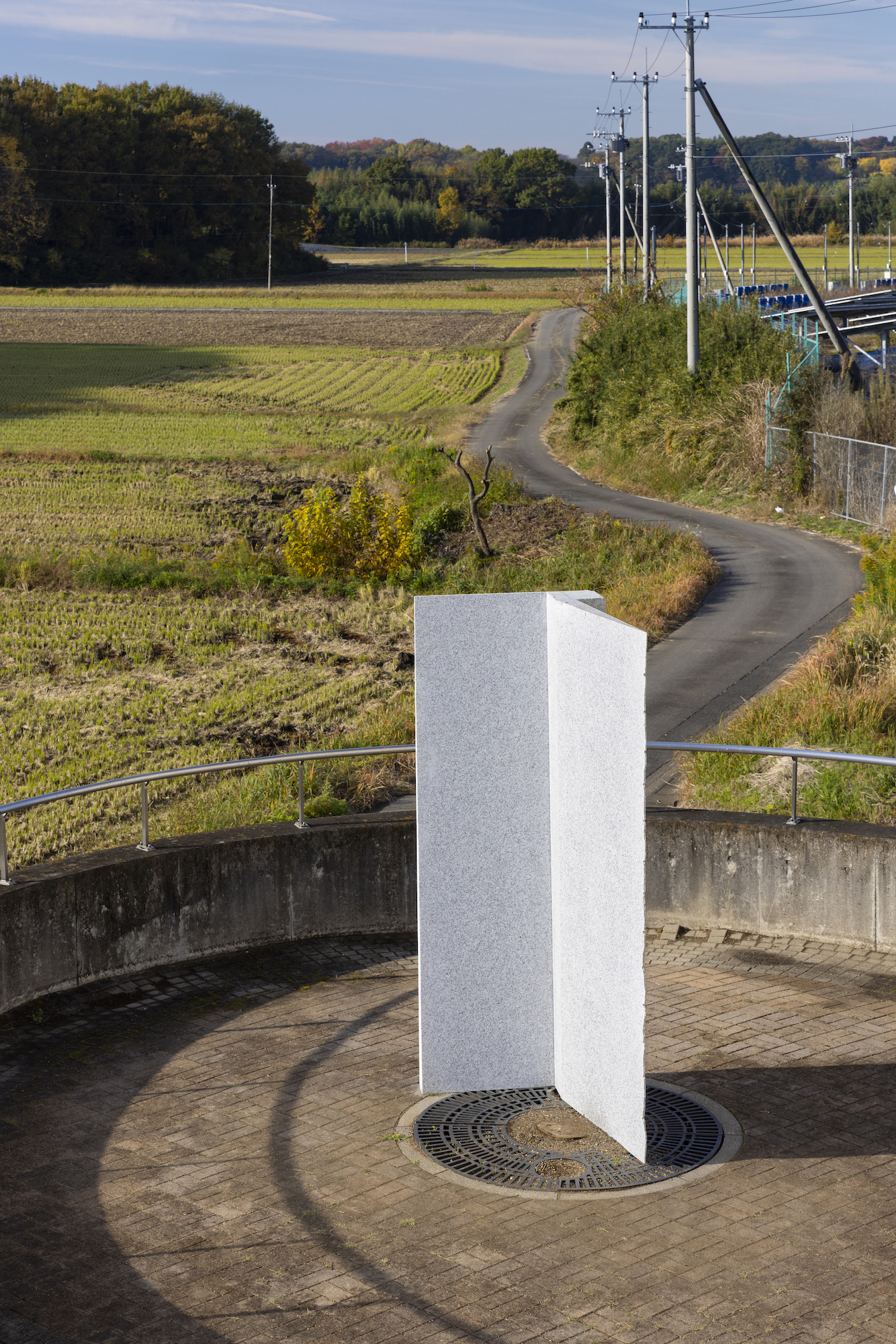
The wall
White Granite
400×400×250 (h)cm
AMABIKI 2019
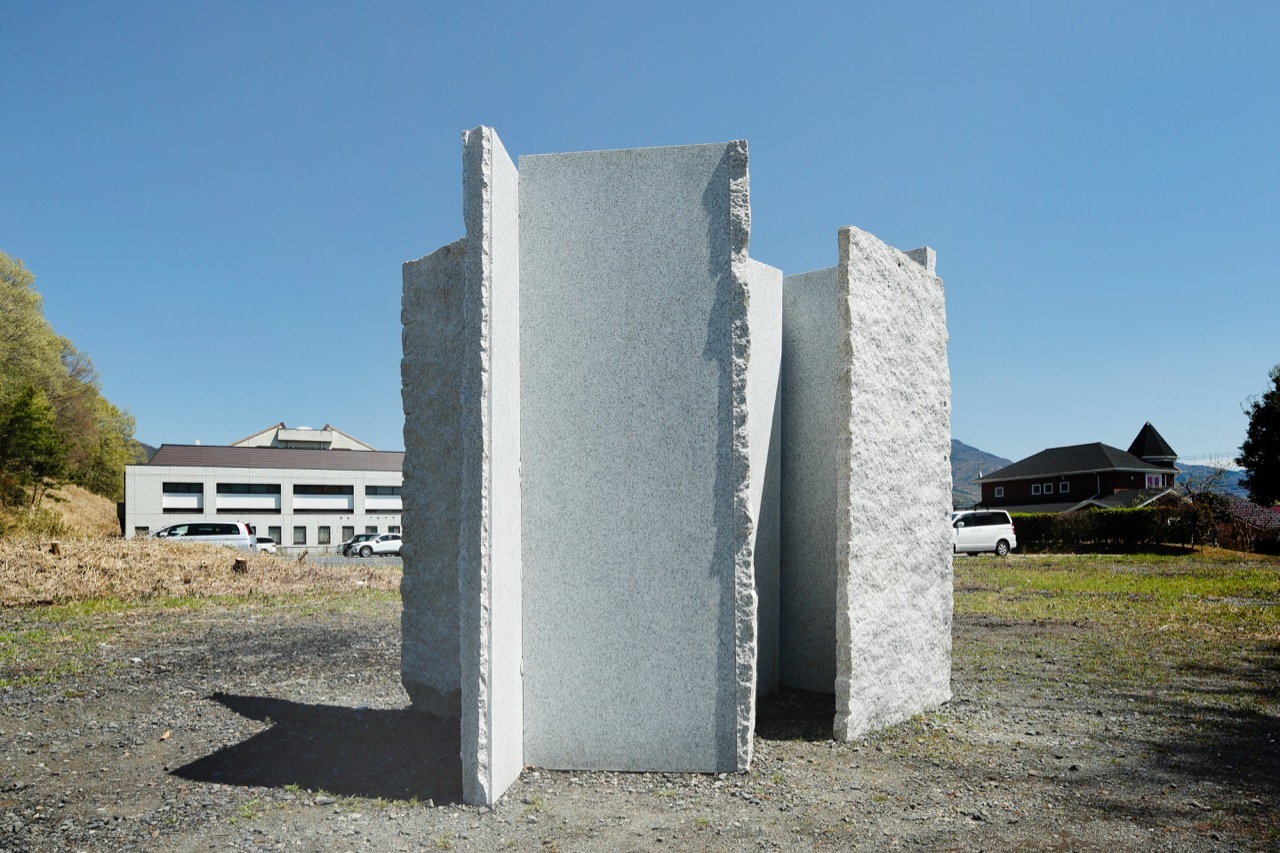
The wall
White Granite
400×400×250 (h)cm
AMABIKI 2015
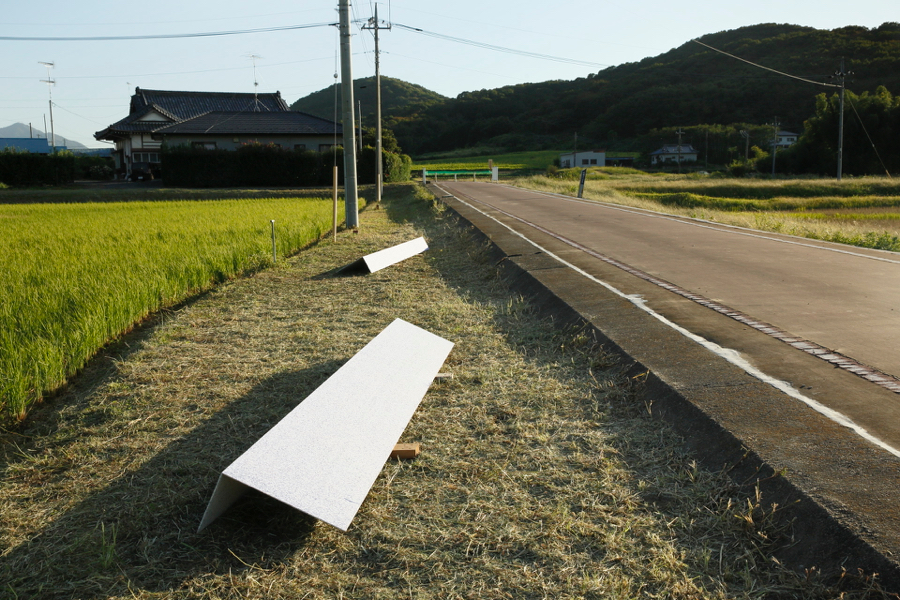
The Way
White granite
400×57×23 (h)cm
AMABIKI 2013
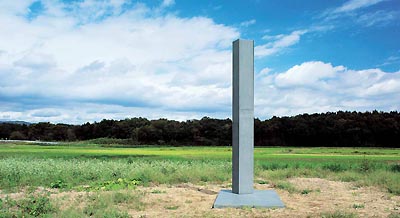
erpendicular and oblique
Black granite
45×30×350 (h)cm
AMABIKi 2011 In the midst of winter
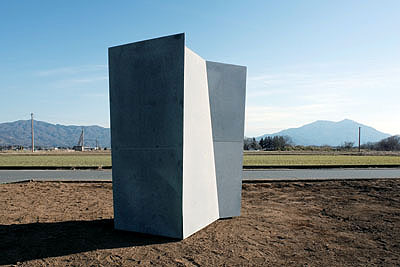
The walls in the six directions
Black granite
117×110×185 (h)cm
AMABIKI 2008
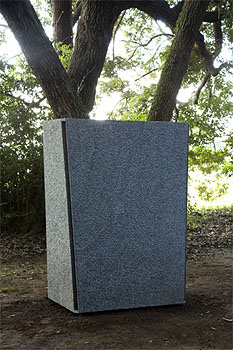
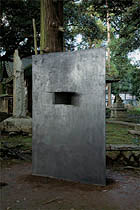
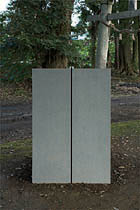
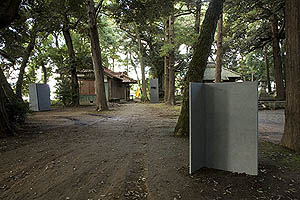
The full emptiness
Granite
I 80×132×172 (h)cm
II 58×145×215 (h)cm
III 79×86×127 (h)cm
The title is the distillation of what I was trying to express. "Full" and "Emptiness" are opposites, but at the same time, they can be said to be the same, depending on where I set my consciousness.
The position seen from without, and the position seen from within, are reflected as one and the same in a heart that has ceased to feel inside or outside.
AMABIKI 2006
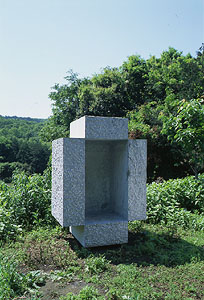
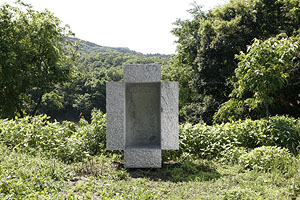
The void
White granite
90×120×170 (h)cm
"Hazama" commonly means a narrow space between one thing and another. In contrast to "hazama" as a spatial concept, cutting away a single piece of stone as far as possible can leave a "hazama" of thin mass that separates one space from another. If you think about the spatial "hazama" and the other that is solid, you notice that they are one and the same when taken to the extreme.
THE 5TH EXHIBITION OF AMABIKI VILLAGE AND SCULPTURE
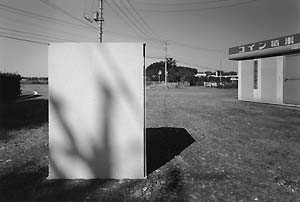
Hyousou to Kyoukai
White granite
92×96×132 cm
3150 kg
THE 4TH EXHIBITION OF AMABIKI VILLAGE AND SCULPTURE
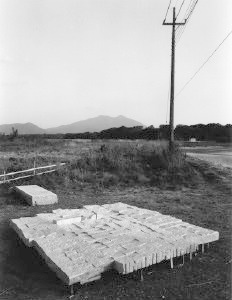
Shimerike no aru mono
White granite
350×350×20 cm
220×80×45 cm
I planted moss in the holes that were originally made to split the white marble. Moss uses the dew for nutrition to grow. The blocks of stone, laid flat, represent droplets of water from the dew. Things with tangible form can be seen, and those without form cannot, but the dew belongs to neither group, and I took that as my theme.
THE 3RD EXHIBITION OF AMABIKI VILLAGE AND SCULPTURE
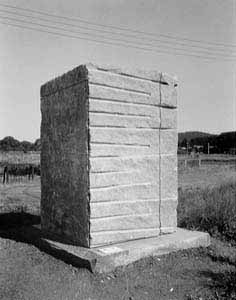
Binding
Black granite
110×120×180 cm
6000 kg
If the surface is the place on the edge between existence and non-existence, which distinguishes object from space, an untouched stone can be seen as comprising superimposed surfaces, and depending on how you look at it, the surface is the moment between existence and nothingness. When the stone is placed in a space, we can assume it exists when we look at its mass, but if we suppose that the stone is a space, we can imagine that the instantaneous space in which the stone and the outside touch is like the edge of space. Maybe it is not possible to talk about the space and objective reality determined by human knowledge as separated things.
THE 2ND EXHIBITION OF AMABIKI VILLAGE AND SCULPTURE
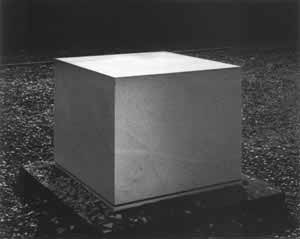
Neutral
White granite
120×120×120 cm
5000 kg



